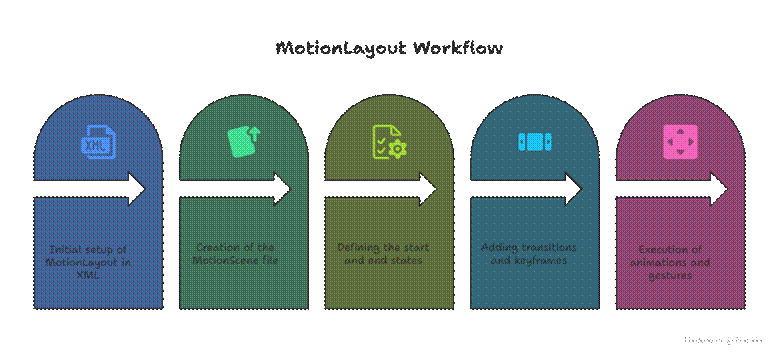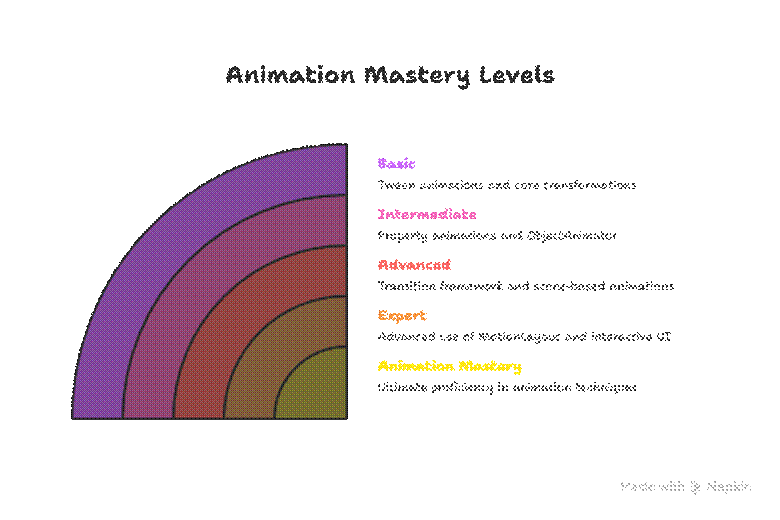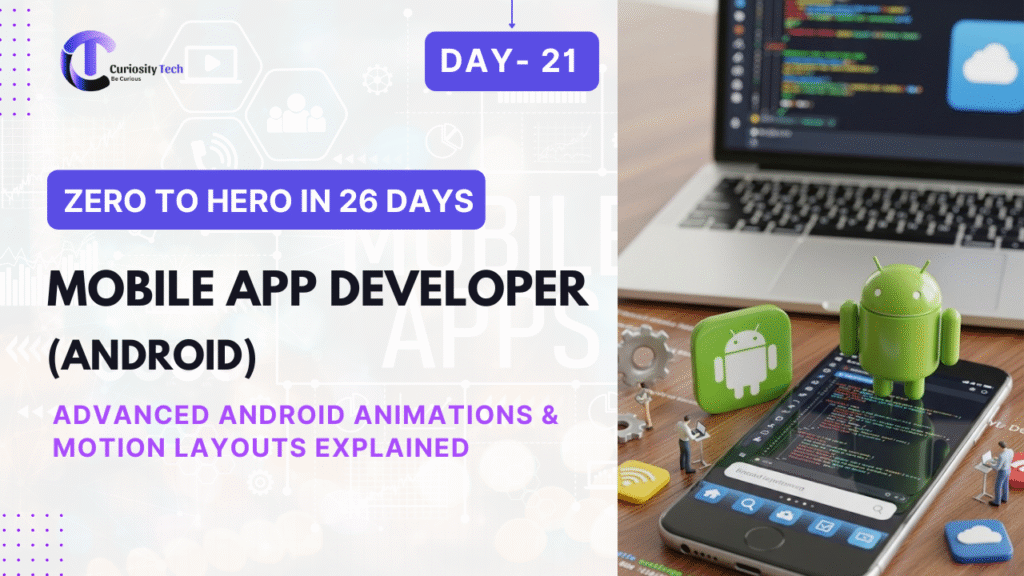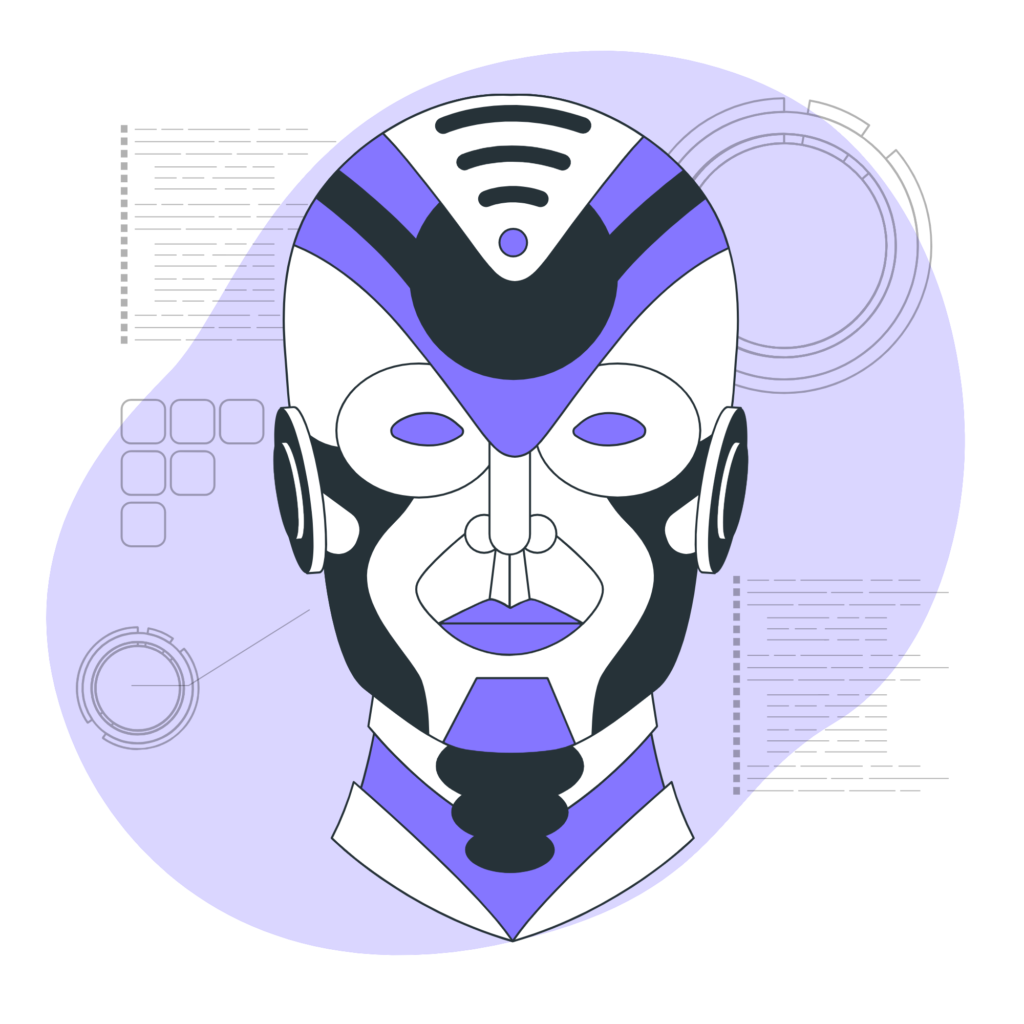Introduction
Animations are no longer just “eye candy.” In modern Android, they are about clarity, feedback, and emotion. When a button animates smoothly or a screen transitions elegantly, it doesn’t just look good—it guides users.
Android has evolved from basic property animations to sophisticated MotionLayout, enabling developers to build interactive, dynamic experiences. At CuriosityTech.in (Nagpur), students explore animations not as decoration but as core elements of usability and storytelling in apps.
Why Animations Matter
- Visual continuity → Helps users understand navigation.
- Micro-interactions → Button clicks, toggles, swipe gestures.
- Brand identity → Apps like Duolingo or Google Pay feel alive.
- User engagement → Well-placed animations improve retention.
The Evolution of Android Animations
| Stage | API | Use Case | Limitation |
| Tween Animation | XML (scale, rotate, alpha) | Simple effects | Cannot change layout bounds |
| Property Animation (ObjectAnimator) | API 11+ | Animating properties of views | Manual coordination |
| Transition Framework | API 19+ | Scene transitions | Limited interactivity |
| MotionLayout | API 28+ | Complex, interactive animations | Learning curve |
MotionLayout: The Game-Changer
MotionLayout (part of ConstraintLayout 2.0) is a declarative animation framework.
It allows:
- Animations between states (start → end).
- Keyframes for precision control.
- Gesture-based animations.
Basic MotionLayout Example
<androidx.constraintlayout.motion.widget.MotionLayout
xmlns:android=”http://schemas.android.com/apk/res/android”
xmlns:app=”http://schemas.android.com/apk/res-auto”
app:layoutDescription=”@xml/scene”>
<ImageView
android:id=”@+id/logo”
android:layout_width=”100dp”
android:layout_height=”100dp”
android:src=”@drawable/logo”/>
</androidx.constraintlayout.motion.widget.MotionLayout>
In scene.xml:
<MotionScene xmlns:android=”http://schemas.android.com/apk/res/android”
xmlns:app=”http://schemas.android.com/apk/res-auto”>
<Transition
app:constraintSetStart=”@+id/start”
app:constraintSetEnd=”@+id/end”
app:duration=”2000″/>
<ConstraintSet android:id=”@+id/start”>
<Constraint android:id=”@id/logo”
app:layout_constraintTop_toTopOf=”parent”
android:layout_width=”100dp”
android:layout_height=”100dp”/>
</ConstraintSet>
<ConstraintSet android:id=”@+id/end”>
<Constraint android:id=”@id/logo”
app:layout_constraintBottom_toBottomOf=”parent”
android:layout_width=”200dp”
android:layout_height=”200dp”/>
</ConstraintSet>
</MotionScene>
This animates the logo from top → bottom, scaling it up.
Infographic – MotionLayout Workflow

Advanced Features of MotionLayout
- Keyframes → Fine control of animation points.
- Touch Handling → Swipe, drag, fling animations.
- OnSwipe Attribute → Enables interactive motion.
- Custom Attributes → Animate colors, elevation, alpha.
Real-World Use Cases
- Login Screens → Smooth input field transitions.
- E-Commerce Apps → Animated product carousels.
- Chat Apps (like ones built at CuriosityTech Nagpur) → Expanding input bars & sliding emojis.
- Fitness Apps → Animated progress bars and avatars.
Challenges Students Face
- Overusing animations → Leads to battery drain.
- Misusing MotionLayout → Simple animations don’t need complex setups.
- Performance drops on older devices → Optimize duration and easing.
At CuriosityTech, mentors guide learners to balance beauty with performance, teaching them how to profile animations with Android Profiler.
Hierarchical Breakdown – Levels of Animation Mastery

How to Become an Expert
- Start small → Animate buttons & loaders.
- Explore Transitions → Between fragments/activities.
- Master MotionLayout → Keyframes, gestures, states.
- Experiment with real apps → Build an animated onboarding flow.
- Get feedback → At CuriosityTech, students present projects, get mentor reviews, and refine.
Conclusion
Animations, when done right, tell a story inside your app. From micro-interactions to full-screen motion, Android offers powerful tools—culminating in MotionLayout.
At CuriosityTech.in, learners build projects that integrate these concepts, creating apps that feel alive, intuitive, and polished. Reach us via contact@curiositytech.in, call +91-9860555369, or connect on Instagram (curiositytechpark) to explore advanced Android UI/UX training.
Tags:
Keywords:
, Android animation deep dive, advanced UI Android, CuriosityTech Nagpur animation training, Android MotionLayout tutorial


